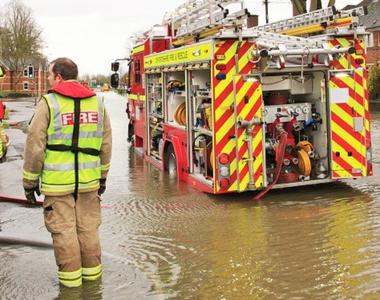Which places are disadvantaged?
Which places are disadvantaged?

People are not all affected equally by the same climate-related event, whether heatwaves or floods. Some places are more likely to be exposed to floods or heatwaves. Some places have populations which are more socially vulnerable. How exposure and vulnerability coincide determines the extent of climate disadvantage in an area and where the impacts may be most severe. To effectively tackle climate disadvantage, consideration needs to be given to measures to reduce social vulnerability as well as reducing exposure of the population.
Our Map tool provides a series of maps which show the uneven distributions of climate disadvantaged neighbourhoods across England for heat and for England, Scotland and Wales for flooding. Read our brief Overview to understand the key issues. For more detail on the reasons for mapping climate disadvantage, the concepts and indicators, the uneven picture of climate disadvantage, and what can be done about it, see the In depth section. Before using the map tool, it is important to understand the opportunities and limitations associated with the maps, as set out in the Benefits and drawbacks section for the original flood and heat-related data and for the revised flood-related data.
The map tool includes guidance to help you get started in analysing trends in your local area. You can also find this here in Getting started. To understand how to interpret the maps, drawing on examples from different local authorities, see the User Guide to Map tool or the video introducing the Climate Just website with an explanation of how to use the map. To create your own maps using additional data, please refer to our Technical guidance documents for the original flood and heat-related data and for the revised flood-related data. The revised flood-related maps provide finer scale information and additional insights in relation to UK distributions, future trends and different geographical zones (such as rural areas).


